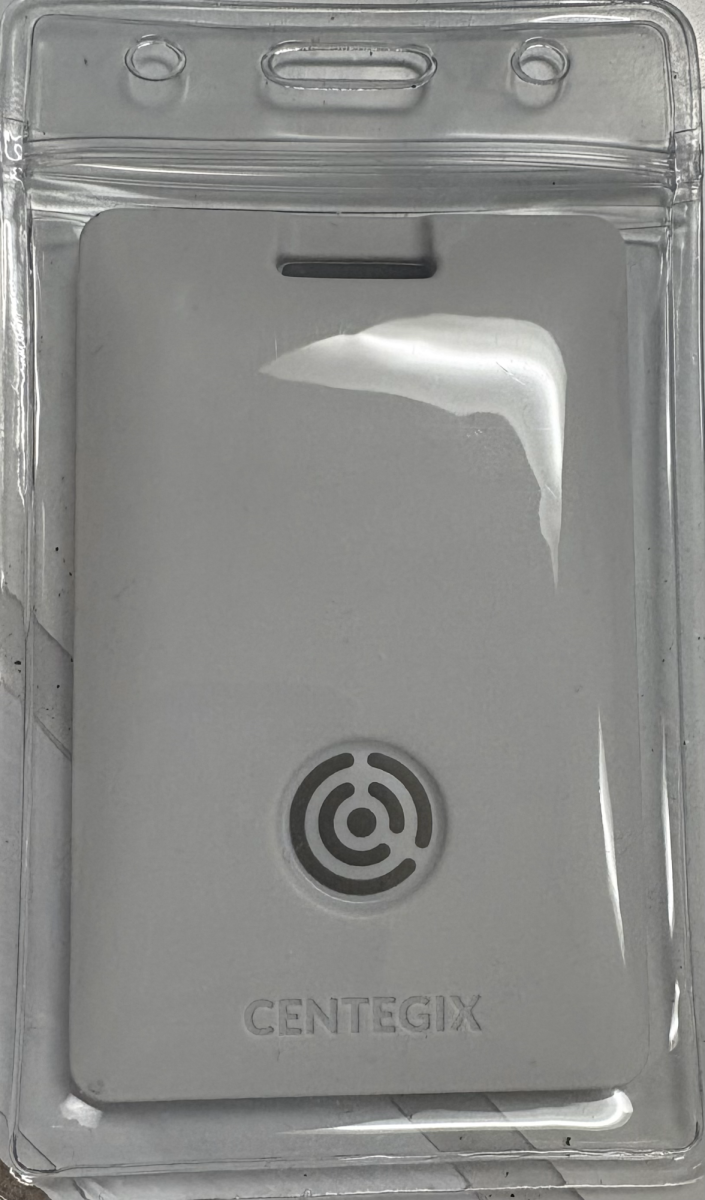Artificial Intelligence (AI) is rapidly transforming the modern world with breakthroughs in machine learning, deep learning, and language processing. From autonomous vehicles to advanced healthcare diagnostics, AI is revolutionizing industries and bringing about positive change. However, as AI rapidly evolves, it also poses challenges and ethical concerns that demand our attention. In this article, we will explore the exciting uses of AI in our modern world, while also addressing the limitations, ethical problems, and critical issues it brings to the forefront of our society.
In fact, that first paragraph is the start of the unique uses of AI in our modern world, since both were completely generated by ChatGPT-4. If you had not been expecting that, you would have most likely assumed that it was a human who wrote it. Unfortunately, that also brings us to the start of our first problem posed by AI: should it be considered cheating, or should allow it as a tool that should be used by students and employees?
Essays
Sophomore Laine Andrews said that he generated essays just to see what the AI could do, and compared it to his own written essays. Andrews said that although there are anti-AI writing checkers, like TurnItIn, “if you spend the extra 10 to 15 minutes, and rewrite certain sections of it, put it through an AI checker, it will say it’s human [writing].” Andrews noted that “people are going to use it to write their college essays, which I don’t really care about, do what you want.” Andrews countered this mentality and said “you’re just missing out on the benefits of being able to write well.” It’s similar to cheating on homework–although you might complete the assignments easier, you can’t reproduce those results on a test.
Art
Recently, a German artist named Boris Eldagsen won a prestigious photography contest with a photo titled The Electrician. The catch? It wasn’t taken on a camera. Eldagsen refused the award and said that “AI is not photography. I applied to find if the competitions were prepared for AI images to enter. They are not.” Teacher Catya Murray said, “if I were somebody who put the energy into putting a digital artwork from scratch and I was competing against someone who used [AI], I think I would be pretty frustrated.”
AI taking art?
The problem with AI art is that it doesn’t make art; it works by taking multiple artworks from non-consenting digital artists and combining/repurposing them into a different, prompted artwork. Murray said that “it’s going to take some regulation,” to effectively solve the issues of AI taking art without permission. However, Murray is still hopeful for the future of AI art, noting that we need to “redesign it and put it into practice in a way that is helpful and less troubling.
AI taking jobs?
One business use of AI is using it as an alternative to hiring human interaction, primarily for simple things like tech support or responding to frequently asked questions. However, as sophomore Shimona Michelson pointed out, “AI bots act as a double-edged sword.” Even putting aside the obvious issues that not being human poses, like a lack of adaptability, Michelson said that putting AI in these positions makes it “harder to find and secure a job that isn’t at risk of being replaced by AI.” Michelson, as well as many other Americans, fears that more AI integration could lead to even higher unemployment rates.



